Samsung unveils a new ToF sensor and a new global shutter sensor for XR and more

Samsung has added two new sensors to its ISOCELL Vizion line-up. The first is a time-of-flight (ToF) sensor that measures the distance to things, the other is a global-shutter image sensor.
Starting with the Samsung ISOCELL Vizion 63D, this is the industry’s first sensor to have an integrated depth-sensing ISP, so it can do the calculations itself instead of relying on an additional chip. This reduces system power consumption by up to 40% compared to the previous Vizion 33D sensor.
The 63D can capture 320 x 240px depth information at up to 60fps and it is capable of a 640 x 480px mode too. It is an indirect ToF sensor, so it measures the phase shift between the emitted and received light, which makes the measurements more accurate. This is a 1/6.4” sensor with 3.5µm pixels.

The sensor supports both flood and spot lighting models – the former gives high resolution at a short range of 5m (16ft), the other extends the maximum range to 10m (33ft) at the cost of resolution. The sensor is built with Backside Scattering Technology (BST), which makes it more sensitive to the infrared light that it uses.
The Samsung ISOCELL Vizion 63D will be used in service and industrial robots as well as XR devices and facial recognition. XR (that is AR and VR) is a major focal point for the other sensor too.
The ISOCELL Vizion 931 is a global shutter image sensor. Typically, an image sensor is read out row by row – but that means a fast moving object would shift in the time between rows. This also applies if the camera itself is moving quickly. Either way you get the so-called “jello” or rolling shutter effect, which makes image recognition tasks that more difficult as the software has to deal with a distorted image.

The Vizion 931 is a global shutter sensor meaning that all pixels are captured at once, leaving no distortion. This is a 640 x 640px sensor that can be used for iris recognition, eye tracking as well as facial and gesture detection in head-mounted display devices like XR headsets.
Such devices will probably need more than one sensor, so Samsung implemented something called “multi-drop” – this allows up to four Vizion 931 sensors to be connected with a single wire, which simplifies the wiring of the product.
Both the Samsung ISOCELL Vizion 63D and the ISOCELL Vizion 931 are sampling to OEMs worldwide. Samsung Electronics might be one of them as there are rumors that the company will get back into the XR game in a partnership with Google and Qualcomm.
Related
Reader comments
- Anonymous
- 20 Dec 2023
- AJj
Is it any good?








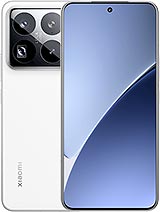 Xiaomi
Xiaomi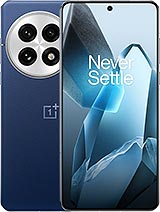 OnePlus
OnePlus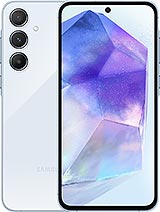 Samsung
Samsung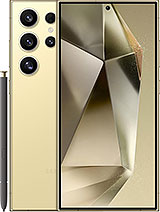 Samsung
Samsung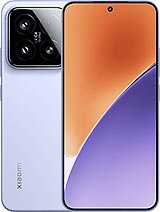 Xiaomi
Xiaomi


